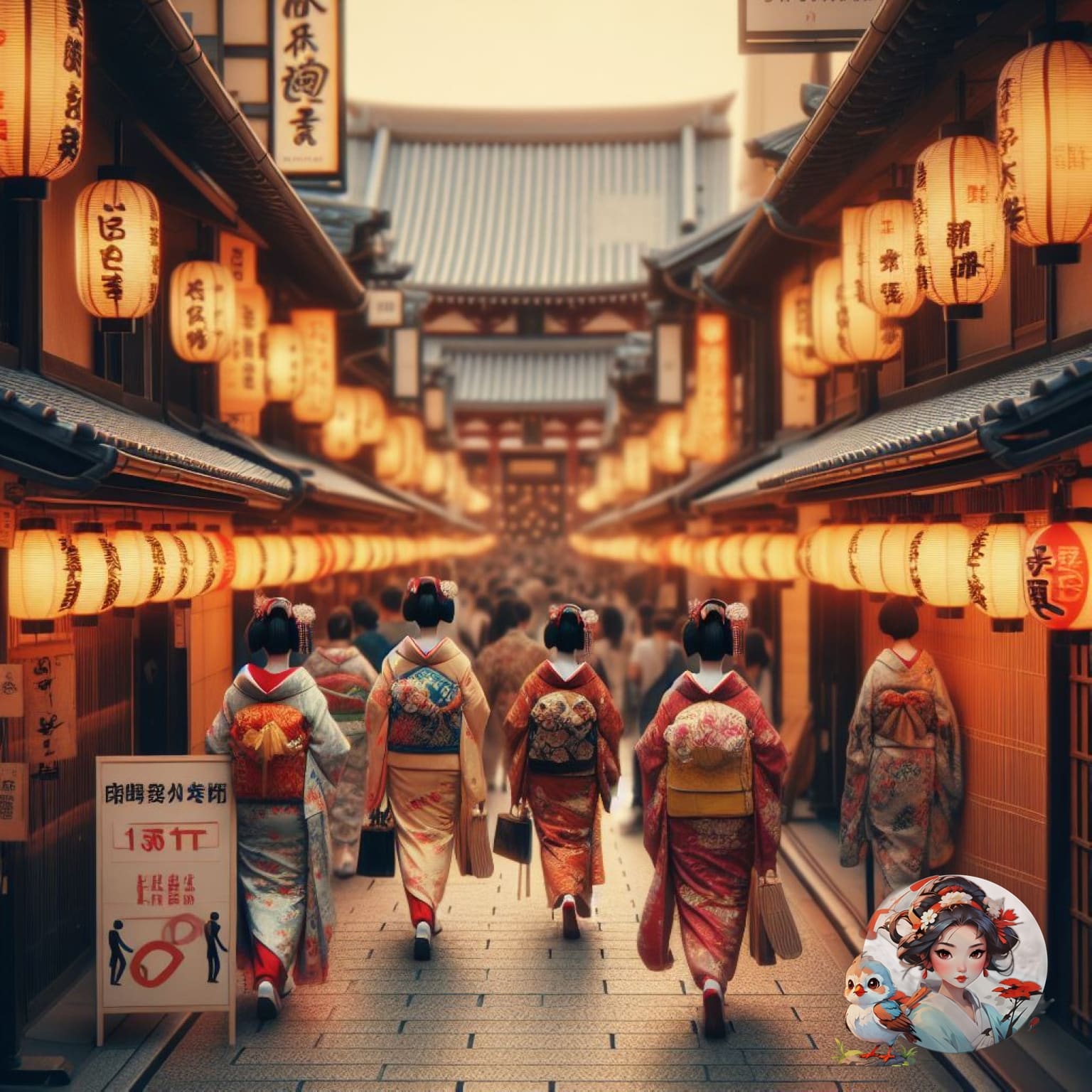The new rule prohibiting tourists from entering Gion, Kyoto, aims to protect the geishas’ dignity and privacy. This move has sparked discussions on cultural conservation and responsible tourism. Limiting access to special venues and narrow streets in response to disrespectful incidents towards geishas poses a challenge of preserving tradition while catering to modern tourism demands.
With mixed reactions from different groups, the impact of this regulation on the geisha community and the tourism sector is closely watched.
Table of Contents
ToggleEnforcing a tourist ban in Gion’s geisha district is crucial due to ongoing issues like unwanted photography, harassment, and disruptive behavior towards geishas. This ban aims to protect their privacy and preserve Japanese cultural traditions.

Respect for local customs is key to safeguarding the cultural heritage and dignity of geishas. Without strict measures, the delicate balance between tourism and tradition is threatened. By implementing rules that prioritize cultural preservation, we aim to reduce disrespectful behavior and maintain the integrity of the geisha district.
Through education and enforcement, we hope to encourage a more respectful and mindful approach to visiting this historically significant area.
The geisha district in Gion has undergone a significant transformation due to the recent ban on tourists. This change has led to a shift in the area’s dynamics, with a focus on preserving its cultural heritage. To protect the privacy and dignity of geishas and maikos, who faced harassment from tourists engaging in disruptive behavior like taking unwanted photos, certain measures have been put in place.
Small alleyways have been closed off, and access to restaurants and teahouses is now exclusive to geishas, their clients, and locals. By striking a balance between tourism and tradition, the ban aims to create a more respectful and authentic experience for visitors. The emphasis is now on promoting responsible tourism practices to ensure a harmonious coexistence of tradition and modernity in the geisha district.
In the heart of Gion’s geisha district, a growing number of locals are rallying behind the ban on tourists, showing a strong commitment to preserving the cultural essence of this cherished Japanese custom. Residents are deeply concerned about safeguarding their heritage, having witnessed disrespectful conduct by visitors towards geishas.

They understand the importance of upholding the geishas’ privacy and dignity. This groundswell of support reflects a profound admiration for cultural traditions, with the community optimistic that the ban will positively impact the district. Locals stress the need to uphold the authenticity and dignity of the geisha district through responsible tourism practices to ensure its longevity.
Strict regulations are now in place in the Geisha district of Gion in Kyoto to ensure the preservation of its traditional practices and cultural integrity. To protect the essence of this long-standing Japanese tradition, steps have been taken to close off tourist access to the district and impose fines for any harassment of geishas.
Exclusive entry to restaurants and teahouses is now limited to geishas, clients, and local residents to maintain their privacy and dignity. These measures aim to foster cultural sensitivity among visitors while safeguarding the authenticity of the district. By striking a balance between tourism and tradition, Gion is honoring the geishas who play a vital role in preserving its rich heritage.
Enforcing strict regulations in Gion’s Geisha district faces significant challenges, especially in communicating rules to tourists and ensuring compliance. Despite repeated warnings, some visitors fail to adhere, threatening the preservation of local customs and cultural heritage.

Striking a balance between tourism demands and traditional practices is crucial, particularly when disruptive behaviors occur. Educating visitors on the importance of respecting geishas and their customs is vital for sustaining this timeless Japanese tradition.